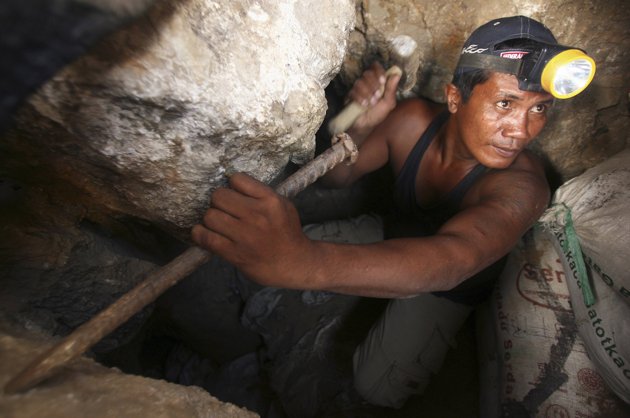India has successfully test-fired Agni-V, its first Inter-Continental Ballistic Missile (ICBM). Agni-V is capable of reaching deep into Asia and Europe, a move that would bring the emerging power into a small club of nations with intercontinental defense capabilities. India has a no-first-use policy and says its nuclear weapons and missiles are for defensive purposes only. Here are 15 things to know about the missile:
#1
With the launch of Agni-V, India will enter the exclusive Inter-Continental Ballistic Missile club of only the permanent members of the UN Security Council - China, Russia, France, the United States and the United Kingdom.
#2
The nuclear warhead-enabled Agni-V, with a range of more than 5,000 kilometers, will be India's longest-range missile.
#3
The surface-to-surface missile Agni-V that can carry a pay-load of 1 tonne is 17 m long, 2 m wide and weighs 50 tonnes.
#4
The Agni V is designed to be the most advanced version of the indigenously built Agni series. Its 3 stages are powered by solid rocket propellants and can be transported by road. The first rocket engine of Agni-V lifts it a height of about 40 km; the second stage take it up to about 150 km, while the third stage propels it about 300 km above the planet. The missile can finally achieve a height of 800 km.
#5
With a development cost of over Rs 2,500 crore, the Agni-V is will have ring laser gyroscope and accelerometer for navigation and guidance.
#6
The nuclear warhead-enabled Agni-V extends India's reach to the whole of Asia and Europe.
#7
The test will take place from the launch pad-4 of the Integrated Test Range. The three stage solid fuelled missile would be put into test for the first time with some advance and indigenous technology with the support of a canisterised mobile launcher.
#8
On the event of Agni-V test fire, countries like Indonesia, Australia, international air and maritime traffic in the test zone will be alerted well before the test as the missile will travel halfway across the Indian Ocean.
#9
The maiden test of India's indigenously developed nuclear capable 'Agni-V' ballistic missile will be held on Wheeler Island off the Orissa coast.
#10
The accuracy levels of Agni-V with better guidance and navigation systems, is far higher than Agni-I, Agni-II and Agni-III.
#11
The Agni-V missile has a 1,500-km longer range, as compared to the Agni-III which has a range of 3,500 km. Agni-V can blast enemy satellites in orbit and can also launch small satellites.
#12
The payload capacity of Agni-V has been reduced leading to an increase in its range.
#13
Agni-V will be ready for induction in the Indian armed forces in 2014-15.
#14
Agni-V can travel faster than a bullet, carrying a nuclear weapon of about 1,000 kg. It can be fired from a mobile platform, which could be anywhere in India.
#15
However, it can be launched only on the direct order of the prime minister of India.
































































